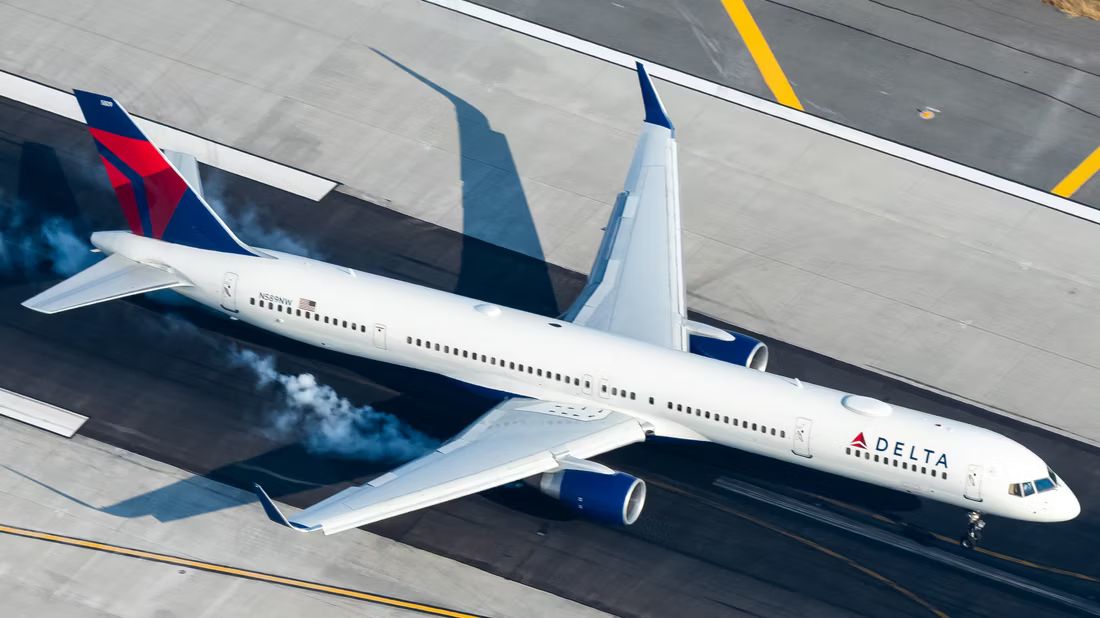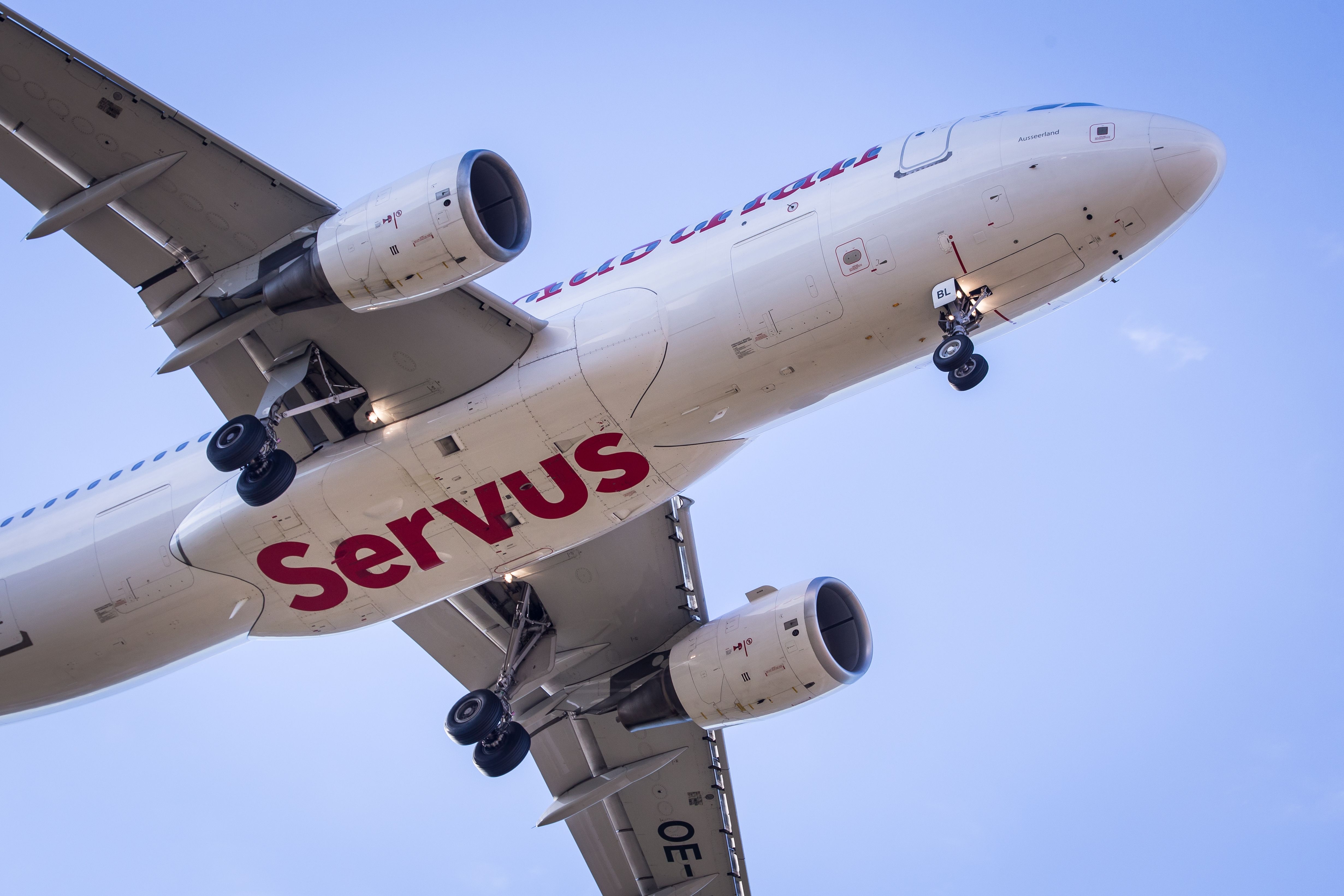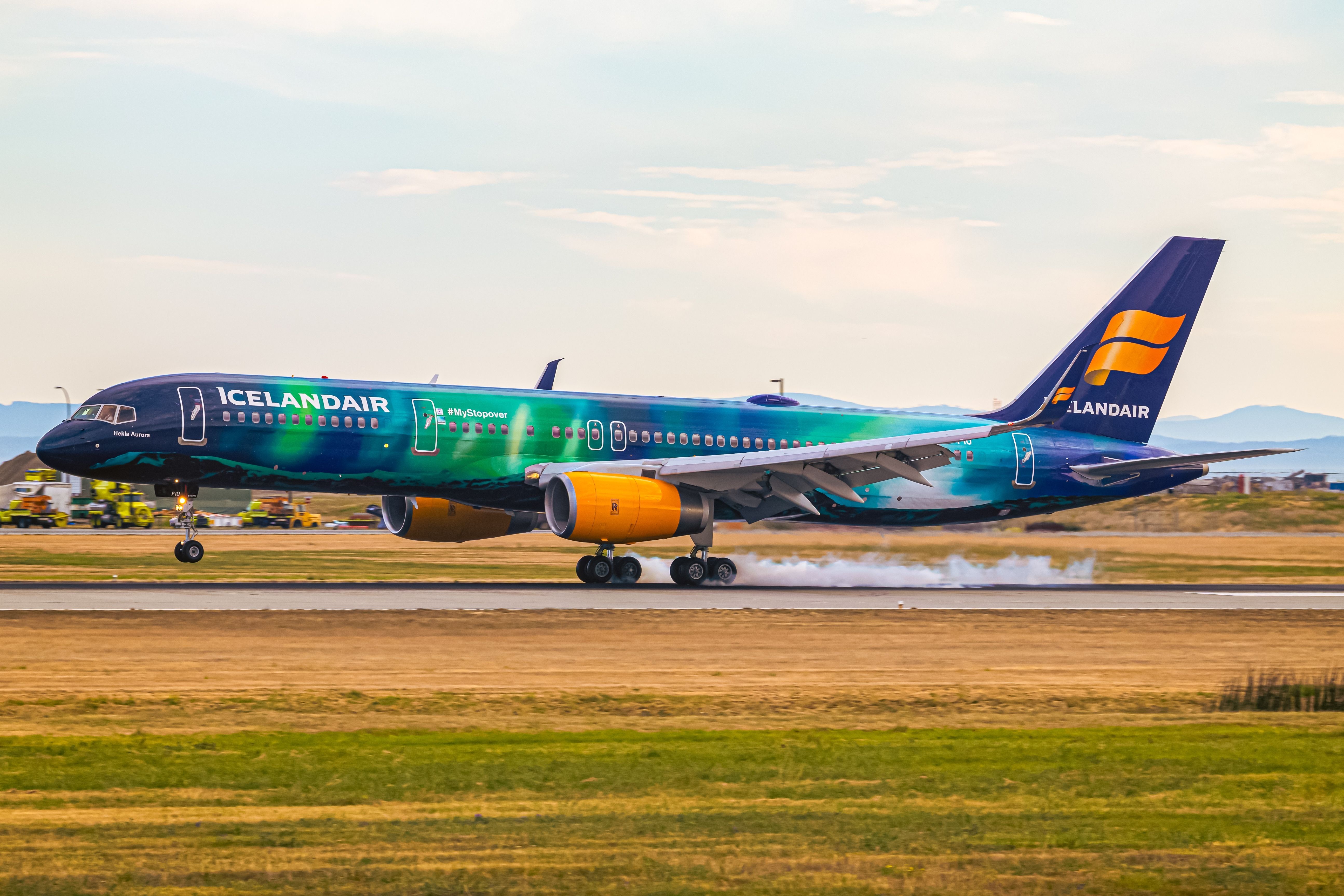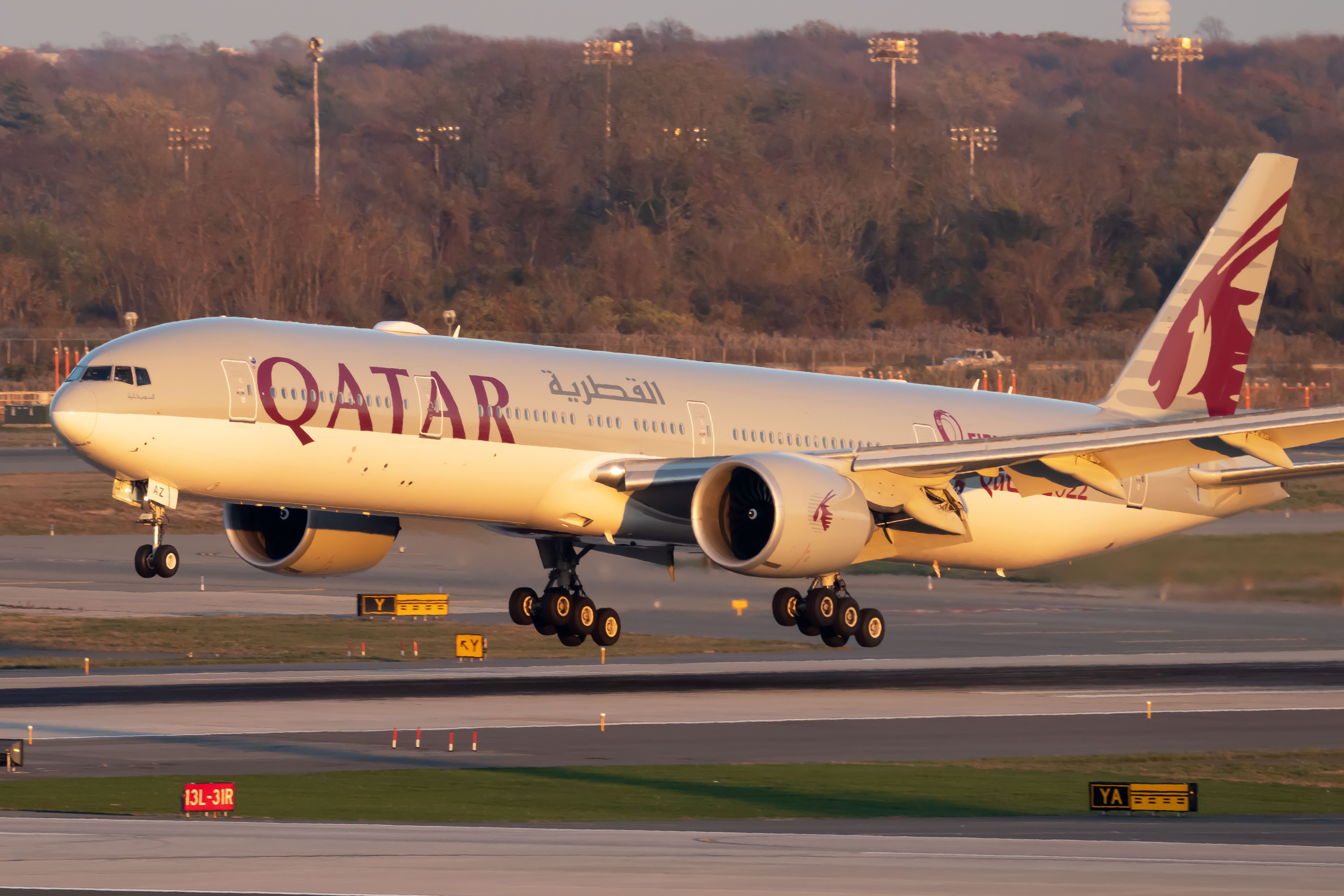What are the main variables affecting tire change?
Among all factors affecting the lifespan of an aircraft tire, one finds weather conditions, damaged runway surfaces, damage caused by runway debris (Foreign Object Debris – FOD), and thermal fatigue.
In the latter example, for instance, tires are exposed to enormous jumps in temperature, ranging from minus 60 degrees Celsius at cruising altitude to scorching ground temperatures in hot countries. Such relevant temperature differences might negatively affect the tires’ pressure. For instance, if an aircraft tire is under-inflated, the engines need more thrust on the ground, thus increasing fuel consumption, because the wheels cover more surface area. Conversely, if a tire is over-inflated, the tread, i.e., the central part of the tire, will take more load, thus wearing out more rapidly.
Photo: Photofex_AUT/Shutterstock
The unique operating conditions of aircraft tires
The main reason why it is virtually impossible to say after how many cycles (take-offs and landings) aircraft tires need changing is their complex operating conditions.
One needs to consider that the moment an aircraft touches down on the runway, impact forces of dozens to hundreds of tones accelerate the tires from zero to approximately 150 mph (241 km/h) in a fraction of a second. This instant acceleration translates into rapid wear and the creation of chevrons, i.e., cuts into the tread shaped like a flat V.
Photo: yvr_luis/Shutterstock
Besides friction, rain grooves heavily contribute to the rapid wear of aircraft tires. Rain grooves are cut into the runways’ touchdown area to channel away water to reduce the possibility of the aircraft suffering hydro-planning events upon landing. Such grooves are usually 0.8 inches (9 millimeters) deep and wide and are typically placed one inch (2.5 centimeters) apart. Although extremely useful when raining, rain grooves contribute to chevroning when aircraft land in dry conditions.
Pre-flight check
It goes without saying that the status of the aircraft tires is of paramount importance for the safety of a flight.
Therefore, tires are checked before every take-off by the pilot performing the outside check and an airframe technician. At this stage, those conducting the assessment mainly look for potential damages caused by FODs or other signs of wear. Besides wear, tread depth is an important aspect to assess. On average, 0.06 to 0.09 inches (1.59 – 2.38 millimeters) are considered enough for the tire to pass the check.
Photo: Jaromir Chalabala/Shutterstock
Interesting facts about aircraft tires
Although it might be perceived as a safe hazard, it is common in aviation to retread tires.
On the one hand, aircraft tires are particularly expensive. Therefore, giving second life to old tires helps airlines reduce their costs. On the other hand, this practice is widely accepted by safety authorities and manufacturers. Suffice to say that the tread depth of a retreaded tire can reach 0.5 inches (1.27 centimeters).
Photo: Vincenzo Pace I Simple Flying
Since aircraft tires are exposed to high temperatures, mainly because of the heat developing from brakes, nitrogen is pumped into the tires, not air. Indeed, oxygen in ambient air could ignite if exposed to the high temperatures of several hundred degrees of the braking system. Still, because of the risk of explosion, under-the-wing workers always wait a certain amount of time after the aircraft has landed before they approach the tires. It is also suggested to near the tires from the front or behind, not from the side. Indeed, the sides are weaker than the central structure, translating into these parts being the first to collapse in case of an explosion.




